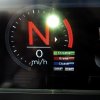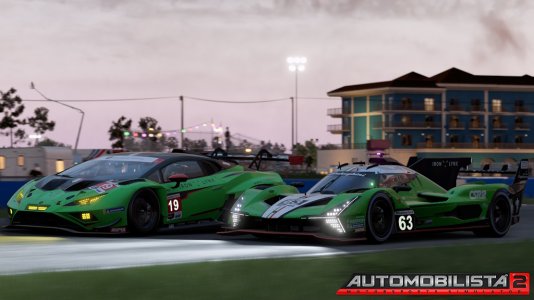When stationary in my road car if i hold the throttle at 25%, the engine revs sit about a quarter of the way around the rev range. And the more i push, the more revs i get, in a linear fashion.
In AMS my throttle looks linear in the controller setup (both in Logitech profiler and in AMS) as the red bar gradually rises as the pedal goes down.
However when in the car, holding the throttle at 50% doesnt equal the revs sitting at around 50%. As you can see from this picture, the throttle is at less than 20%, yet the revs are almost at max, which appears to suggest the throttle is not very progressive...its almost like a switch - on/off
I also noticed its nearly impossible to hold the revs at say 50% as its either 0% or 100%.
The pedals are ancient, but the fact that they look linear in the Profiler and in the Controller setup in AMS seems to suggest they are working ok. As there is no load on the engine is it normal that the revs are high even at low throttle ?
Any ideas ?
In AMS my throttle looks linear in the controller setup (both in Logitech profiler and in AMS) as the red bar gradually rises as the pedal goes down.
However when in the car, holding the throttle at 50% doesnt equal the revs sitting at around 50%. As you can see from this picture, the throttle is at less than 20%, yet the revs are almost at max, which appears to suggest the throttle is not very progressive...its almost like a switch - on/off
I also noticed its nearly impossible to hold the revs at say 50% as its either 0% or 100%.
The pedals are ancient, but the fact that they look linear in the Profiler and in the Controller setup in AMS seems to suggest they are working ok. As there is no load on the engine is it normal that the revs are high even at low throttle ?
Any ideas ?










